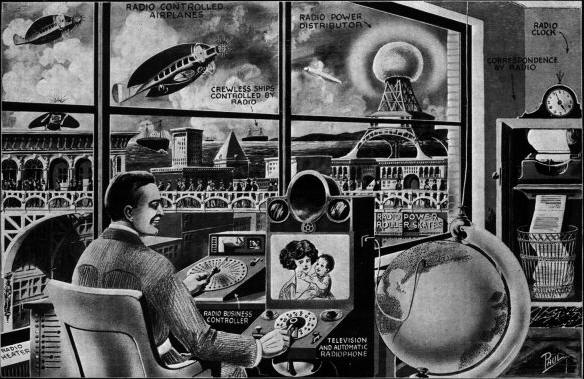Tales of Future Past v2
Main menu
- Home Page
-
Life on Other Worlds
- Life on Other Worlds
- Life on the Planets
- Life on the Moons
- Tales of the Stars
-
Future Living
- Future Living
- Life in 2000 AD
- Leisure
- Shopping
- Drive-In Market
- Cosmetics
- Laundry
- Strikerette
- School: 1999
- Optionics
- Life in 2055
- Future Movies
- Sensorama
- Scopitone
- Radio Pirates
- Weather Control
- Automatic Lumberjack
- Cold Light
- Eternal Youth
- Cryonics
- Suspended Animation
- Space Funeral
- Space Holidays
- Trapped by Television
- Robot Dogs
- Churchill: 1982
- Future House
- Future Kitchen
- Future Food
- Future Work
-
Future City
- Future City
- Skyscraper World
- Tomorrow's Skyline
- Urban Utopias
- World's Fair City
-
Future Transport
- Future Transport
- Rollerball
- Hydrofoil
- Tourism
- Future Liner
- Monorail
- Garden Rail
- Propeller Rail
- Water Rail
- Rocket Trains
- Radio Trains
- Rocket Mail
- Jet Boat
- Desert Liner
- Huge Truck
- Channel Tunnel
- Iron Whale
- Sea Slug
- Sea Slug 2
- Hovercraft
- Ice Field
- Rocket Port
- Vacuum Trains
- Transatlantic Tunnel
- Future Lift
- Travel: 1928
- Concrete Liner
- Teleportation
- Future Car
- Death Rays
Work: 1972

A day at the office in 1972 as seen from 1922. We've got your radio-
Take a look at the man's work station. On the right you have a radiophone/television set for talking to the wife and kids. The globe on the right isn't ornamental, it's the future's version of a switchboard/yellow pages. Stick the pin in the globe and hope your hand is steady enough so you get New York instead of Jersey City. To the left is the radio business controller. We use our desktop marvels to make spreadsheets, check Twitter, and download porn. This chap is using his to do everything up to and including unloading a ship by remote control. How does he manage this feat of science? Apparently courtesy of two very large rheostats.
Whatever happened to those huge open-
From the original description:
THE FUTURE OF RADIO
In this illustration are shown some of the future wonders of Radio. Several of the ideas are already in use, in an experimental way, and it should not be thought that the entire conception is fantastic.
The illustration shows a business man, let us say, fifty years hence. To the right is a television and automatic radiophone. By means of the plug shown to the right of the machine, the man can plug in any city in the United States he desires ; then, by means of this automatic control board he can select anv number in that city he wishes, merely by consulting his automatic telephone directory. As soon as he has obtained his number, a connection is made automatically and he not only can talk, but he can see the party whom he calls. At the top of the instrument is a loud-
Directly in front of the man, we see the "radio business control." By means of another television scheme, right in back of the dial, the man, if he chooses to do so, can load and unload a steamer, all by radio telemechanics, or throw a distant switch, or if a storm comes up, look into the interior of his apartment and then, merely by pressing a key, pull down the windows; all of which can be accomplished by radio telemechanics, a science already well known.
His business correspondence comes in entirely by radio. There is a teleradio-
Going further, we find the Radio Power Distributor Station that sends out power over a radius of 100 miles or more. This radio power may be used for lighting, and other purposes. In front of the bridge we see a number of people who are propelled by Radio Power Roller Skates. On their heads we see curious 3-
We next see the crewless ships controlled by radio. This has been made possible today. Indeed, several U. S. battleships have already been manoeuvred over a considerable distance by radio. The time will come when we can direct a ship across the ocean without a human being on board. Future freight will be sent in this manner. The ship, every ten minutes, gives its location by radio, so that the land dispatcher will know at any time where the ship is located. Collisions are avoided by a number of instruments into details of which we need not go here, but which have already been perfected. Collision with icebergs also is avoided by thermo-
The radio-
It is a mistake to think that radio is only good for the distribution of intelligence.
As the illustration shows, the great uses of radio have not been touched
upon as yet.